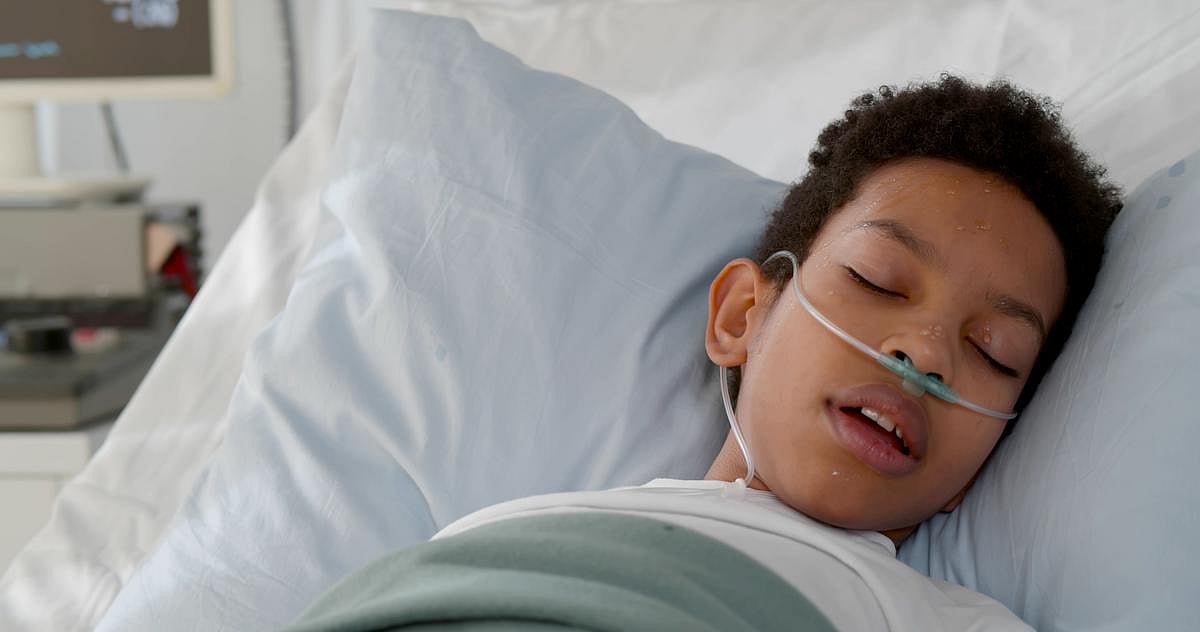If you are a business wanting to schedule multiple employees, please call the pharmacy at 870-423-2094 instead of using the website scheduler.
ATTENTION ALL MEDICARE CUSTOMERS:
Significant Changes to Medicare Part D Plans in 2024 that can affect you!
~ WE ARE LIMITED ON THE PLANS WE CAN TAKE ~
Learn how Economy Drug is addressing these changes – click here to read more.
Manténgase sano!

- Posted October 15, 2024
Parents or Ambulance: How a Child Reaches an ER Could Matter
It’s natural for a parent to bundle an injured child into a car and rush their kid to the emergency room.
But that decision could actually delay their child’s emergency care, a new study shows.
Severely injured children brought to an ER by their parents aren’t treated as quickly as those who arrive via ambulance, the researchers discovered.
On average, a child brought to an emergency room by a parent will wait nearly an hour before they’re seen by an ER doctor, researchers found.
That’s because paramedics call ahead to alert an ER prior to arrival, explained researcher Dr. Robert Hirst, an emergency medicine registrar with the Bristol Royal Hospital for Children in the United Kingdom.
“This leads to early trauma team activation, resulting in specialist services and resources being ready and prepared to see these patients as soon as they arrive,” Hirst said. “This has been shown to be associated with better outcomes for children with significant injuries.”
Parents bringing a badly injured child in themselves “can lead to delays in the appropriate level of care being provided,” Hirst added.
For the study, researchers analyzed data on 24 children brought to the Bristol Royal Hospital by their parents following a severe injury.
Three out of four of the patients were boys. A little more than half (54%) had head injuries, 33% had limb injuries and 13% had abdominal injuries.
These kids waited an average of 58 minutes before a doctor saw them, with individual wait times ranging from 3 minutes to nearly 3 hours, results show.
Those delays happened even though 42% of the kids required surgery for their injuries, researchers said. This included neurosurgery or surgery to set a broken thigh bone.
ERs can help these cases by implementing triage to look for three symptoms of severe injury among incoming kids, Hirst said. These include swelling of the head, abdominal bruising and thigh swelling or deformity.
“This could prompt an urgent senior clinician review,” Hirst said. “This could improve management of this particular group of children by triggering trauma teams and appropriate allocation of resources for this high-risk population.”
Researchers reported their findings at the European Society for Emergency Medicine’s annual meeting in Copenhagen, Denmark.
“If pre-hospital emergency services have not been activated for a severely injured child, then it’s possible that the carer or emergency department medical staff may not recognize the severity of the injury immediately,” Dr. Barbra Backus, chair of the society’s abstract selection, said in a meeting news release.
“This is why adoption of triage alerts for the three key features identified in this study could make a significant difference to how quickly these patients are reviewed by a senior clinician and, potentially, to their outcomes,” added Backus, an emergency physician in Rotterdam, the Netherlands, who was not involved in the research.
Findings presented at a medical meeting should be considered preliminary until published in a peer-reviewed article.
More information
The American College of Emergency Physicians has more on when to call an ambulance.
SOURCE: European Society for Emergency Medicine, news release, Oct. 13, 2024
